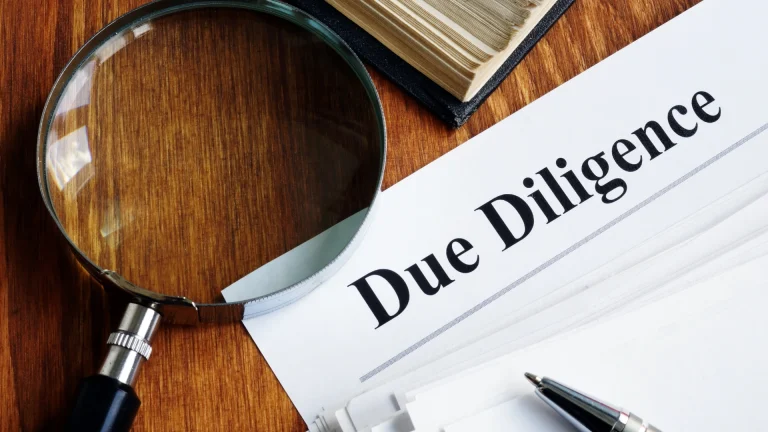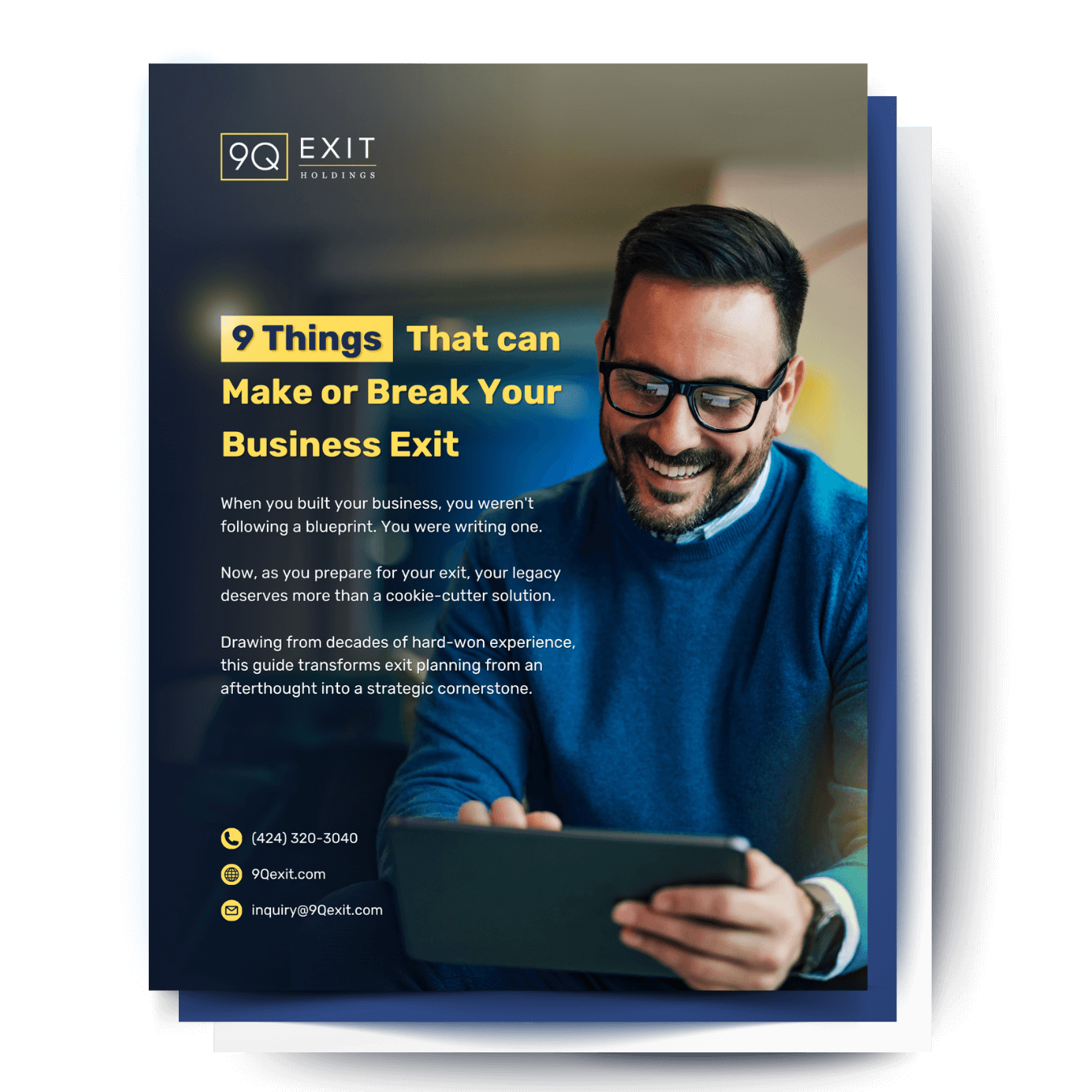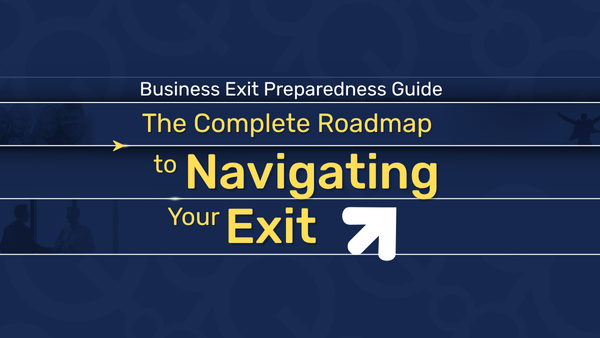If you’re a business owner planning your exit strategy, product liability exposure may be the hidden threat derailing your timeline. While you focus on optimizing financial performance and operational efficiency, escalating product liability risks are creating valuation challenges and due diligence complications.
These growing risks can transform promising exit opportunities into prolonged negotiations or even completely collapsed deals.
The landscape of product liability has fundamentally shifted, with class action settlements reaching over $42 billion in 2024 alone.
This shift creates an environment where even successful businesses face exit complications from liability concerns that seem to emerge from nowhere. For business owners who have built valuable companies around quality products and customer relationships, these liability pressures feel disconnected from reality. Yet they threaten to undermine years of hard work and value creation.
The Explosion of Product Liability Exposure

Your business faces a product liability environment unlike anything previous generations of entrepreneurs encountered. Product liability class action filings continue to increase, with 2023 marking the third-highest number of consumer protection filings over the past decade. According to 2020 Insurance Information Institute data, the average product liability trial award reached $7,058,106 with a median cost of $3,908,111, while individual firm data shows median settlements around $748,000.
More concerning for your exit planning is that product liability insurance premiums have been rising dramatically, with net premiums written reaching $4.3 billion in 2022. The litigation environment has become increasingly aggressive, with 56,041 product liability claims filed in 2019—representing a 28.63% increase from the previous year, and this number has continued growing by at least 20% in subsequent years.
The Settlement Reality Check
When evaluating your business for potential sale, sophisticated buyers understand that product liability exposure represents more than insurance costs—it creates ongoing valuation uncertainty that affects their investment returns. The median product liability case lasts at least two years, meaning any liability issues discovered during due diligence could create settlement obligations that extend well beyond your exit timeline.
Perhaps most troubling for business owners is that product liability claims represent significant financial exposure, with industry data showing substantial settlement and award amounts that can impact business valuations. With Insurance Information Institute data showing average product liability trial awards exceeding $7 million and median costs approaching $4 million, even single liability incidents can create financial obligations that dwarf the purchase price adjustments typical buyers negotiate.
The Hidden Costs Destroying Business Value

Legal Defense Expenses
Even when you win product liability cases, the costs are substantial and create immediate cash flow pressures that affect your business valuation. The high cost of defending certain types of lawsuits creates significant expense burdens. Defense and cost containment expenses represent a significant percentage of incurred losses in product liability cases, reflecting the inherently expensive nature of defending against product liability claims.
Class Action Proliferation
The class action environment has become particularly threatening to business owners planning exits. Class action and government enforcement lawsuits garnered more than $42 billion in settlements in 2024, with the combined total for 2022-2024 reaching unprecedented levels. Consumer protection filings, led by a sharp rise in class actions and data breach disputes, have created an environment where any product-related issue can rapidly escalate into company-threatening liability.
One of the most significant trends affecting your business is that 60.46% of people applying for product liability insurance now sell in online marketplaces. This digital transformation means that product liability exposure now follows your products across multiple sales channels, creating jurisdictional complexity that complicates both liability assessment and exit planning.
Insurance Cost Escalation
Product liability insurance has become a significant operational expense that directly affects your business cash flow and buyer valuations. With customers paying between $800-$2,200 for annual premiums on average, insurance costs are creating margin compression that sophisticated buyers factor into their valuation models. More concerning is that insurance availability varies dramatically based on product type, sales channels, and claims history—factors that can create coverage gaps during critical exit periods.
The Due Diligence Complications

Extended Investigation Timelines
Product liability assessments during due diligence can extend transaction timelines by months as buyers investigate potential exposure across product lines, sales channels, and historical claims. Unlike financial due diligence that examines documented performance, liability assessment requires buyers to evaluate hypothetical future risks based on product design, manufacturing processes, warning adequacy, and regulatory compliance—creating uncertainty that complicates deal completion.
Regulatory Compliance Complexity
Consumer protection regulations are expanding liability scope continuously, creating compliance burdens that affect business operations and exit valuations. The regulatory environment has become increasingly complex, with requirements varying across jurisdictions and product categories, making it difficult for buyers to assess ongoing compliance costs and potential regulatory liability.
Industry-Specific Liability Challenges

Manufacturing and Consumer Products
If you operate a manufacturing business, product liability exposure creates particular challenges during exit planning because buyers must evaluate not just current product lines but also legacy products that may generate future claims. Manufacturing defects, design defects, and failure-to-warn claims can emerge years after products enter the market, creating long-tail liability that complicates business valuations.
E-commerce and Online Retail
Online businesses face unique liability challenges because digital sales create nationwide exposure while platform requirements increasingly mandate comprehensive product liability insurance. Amazon’s requirement for $1 million in general liability coverage for sellers exceeding $10,000 in monthly sales illustrates how platform liability requirements can create insurance obligations that affect business operations and exit valuations.
Distribution and Wholesale
Distribution businesses face liability (including product liability) exposure throughout the supply chain, with potential claims arising from products they distribute rather than manufacture. This creates complex liability assessment challenges during due diligence as buyers must evaluate exposure from multiple product lines, suppliers, and end-use applications.
How Experienced Acquirers Navigate Product Liability Complexity

When product liability concerns threaten your exit timeline and complicate buyer negotiations, experienced strategic acquirers provide solutions that individual business owners cannot achieve independently. These specialized buyers have developed systematic approaches to liability assessment and management that enable them to complete acquisitions while protecting both seller and buyer interests.
Comprehensive Liability Assessment Expertise
Strategic acquirers with experience in product liability acquisitions bring specialized knowledge in evaluating liability exposure across product lines, sales channels, and regulatory environments. Where individual buyers might require months of investigation to assess liability risks, expert acquirers can rapidly evaluate exposure using proven assessment methodologies and comprehensive risk databases.
This expertise enables accurate liability valuation that protects your business value while providing buyers with confidence in their risk assessment. Rather than demanding excessive valuation discounts for uncertain liability exposure, expert acquirers can price liability risks accurately based on extensive experience in similar acquisitions.
Established Legal and Insurance Infrastructure
Strategic acquirers typically maintain comprehensive legal and insurance frameworks specifically designed to handle product liability exposure across multiple acquisitions. This infrastructure enables them to provide immediate liability protection while managing ongoing claims efficiently and cost-effectively.
Unlike individual buyers who must establish liability management systems for each acquisition, expert acquirers can leverage existing legal relationships, insurance programs, and claims management processes to address liability concerns without disrupting transaction timelines or creating excessive costs.
Risk Distribution and Portfolio Management
Experienced strategic acquirers can distribute product liability risks across multiple acquired businesses and product lines, reducing the impact of individual claims while providing comprehensive risk management that individual businesses cannot achieve independently. This portfolio approach enables expert acquirers to assume liability risks that would be overwhelming for individual business owners while maintaining sustainable risk exposure across their operations.
Preserving Business Value Through Exit Experts

At 9Q Exit, we bring specialized experience in acquiring businesses with complex product liability profiles across diverse industries and product categories. Our systematic approach to liability assessment and management enables us to complete acquisitions efficiently while preserving business value that traditional buyers might discount due to liability concerns.
Proven Risk Assessment
Our expert team conducts comprehensive liability assessments using established methodologies that accurately evaluate product liability exposure without delaying transaction completion. We leverage extensive experience in product liability acquisitions to identify and quantify risks that individual buyers often struggle to assess accurately.
Comprehensive Protection Infrastructure
We maintain established legal and insurance frameworks specifically designed to address product liability exposure across multiple business acquisitions. Our infrastructure enables immediate liability protection while providing ongoing claims management that preserves business operations and value.
Industry-Specific Expertise
Our acquisition experience spans multiple industries and product categories, enabling us to evaluate liability exposure accurately across diverse business models and regulatory environments. This breadth of experience allows us to complete acquisitions that other buyers might decline due to liability complexity.
Your Strategic Exit Opportunity

When product liability concerns threaten your exit timeline and create valuation challenges with traditional buyers, strategic partnership with experienced acquirers provides a solution that preserves your business value while addressing liability complexity professionally. Expert acquirers can navigate product liability challenges that derail conventional exit processes while providing fair valuations that reflect true business worth rather than inflated liability concerns.
For business owners facing product liability exposure that complicates exit planning, strategic acquisition often provides better financial outcomes than attempting to resolve liability issues independently or accepting excessive valuation discounts from traditional buyers. Expert acquirers understand how to evaluate liability risks accurately while providing comprehensive protection that enables successful exit completion.
If product liability concerns are affecting your exit planning or creating challenges with potential buyers, contact us to explore how our specialized expertise in liability management can preserve your business value while enabling successful exit completion within your desired timeline.







